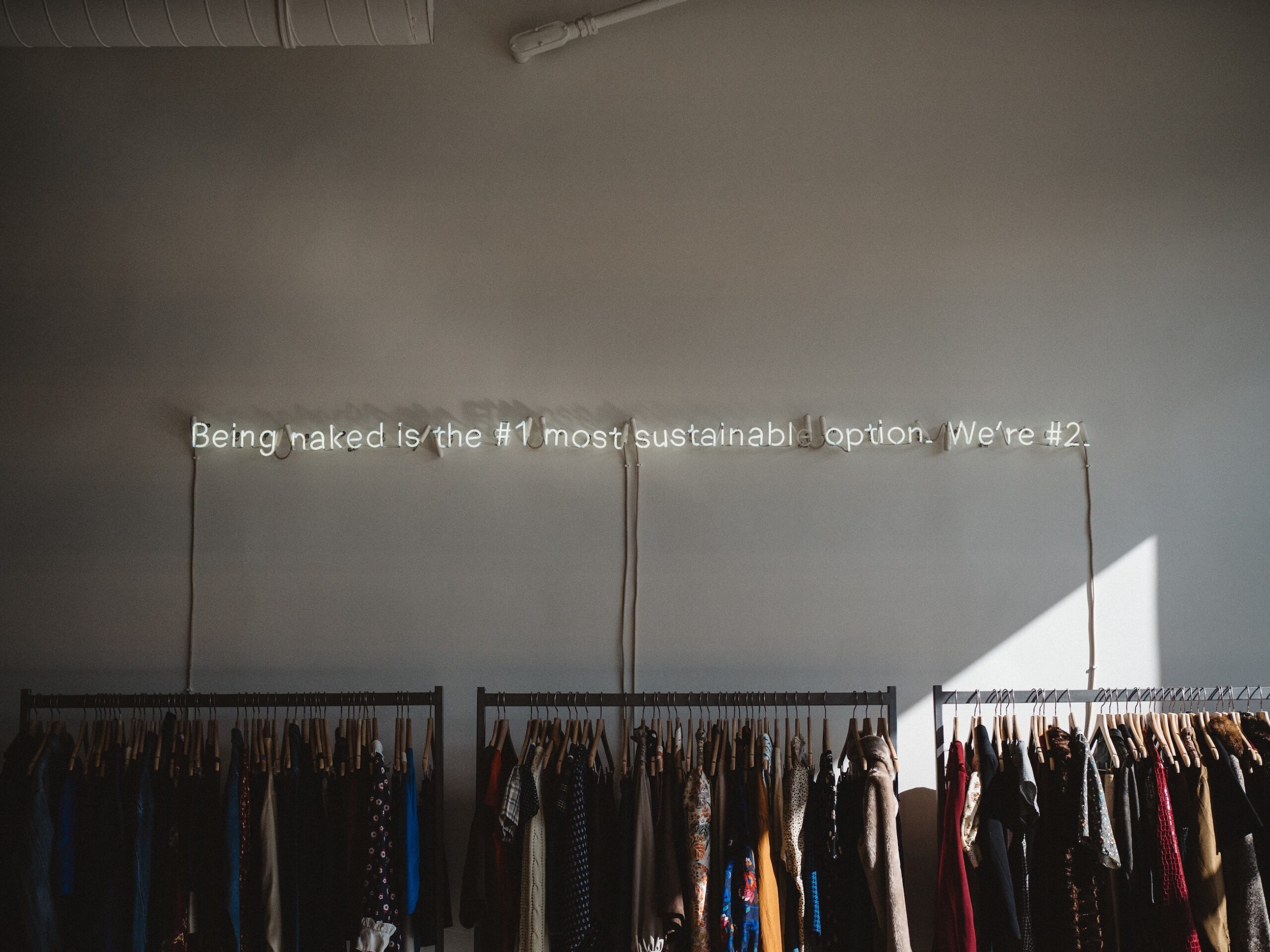Todays consumers are increasingly looking for brands that align with their social and environmental values. Gone are the days that people buy a product on a whim.
With 33% of consumers choosing to consciously buy from sustainable brands, people are doing their research, learning more about a company and homing in on trust signals that match with their needs and wants. So it’s no wonder that businesses are jumping through hoops to build sustainable practices into their brand identity, branding and general marketing practices.
However, many companies struggle to make an impact beyond their mission statement. Words alone won’t fly with consumers if brands aren’t living and breathing their purpose.
As sustainability is such a large space to cover, it’s hard to know where to start. But as the demand for environmentally friendly brands continues to grow, it’s important to know how to approach sustainability in the right way.
5 ways brands can get on the sustainability path
1. Connect with your customers sustainability concerns
Know what your consumers care about. Are they more environmentally conscious? What social issues matter to them the most? Make sure this information is built into your sustainability strategy and brand identity. For example, most consumers are waste conscious. Is your branding and packaging made out of recycled materials, or is it reusable?
By listening and understanding your customers concerns, you’re more likely to build a loyal connection and have a thriving customer base.
Tip: Marketing is your friend here. Conduct surveys to identify the causes that matter to your audience, and use social polls to learn how to improve your sustainable practices. Make sure you’re marketing all your sustainability efforts and how you have made an impact.
3. Assess the sustainability of your supply chain
To start building a sustainable brand you must have an honest look into your supply chain. You may have strong sustainability objectives, but are your vendors doing the same?
Let’s say you’re a fashion brand who ensures the use of eco-friendly materials in your products. Are you working with factories who advocate this too? The global fashion industry accounts for between 5-10% of global green house gas emissions, so if your factory collaborates with others who make clothes from energy-intensive synthetic fibers, your sustainability efforts will be counterproductive. What’s more, your hard work will likely experience backlash from your green customers, which will lead to other issues down the line.
Make sure you have a well-rounded and holistic approach to your efforts. It’s ok to assess the sustainability of your supply chain and hold vendors accountable to the same standards as yours. If they can’t change their ways of working, consider collaborating with those that support the same values as you.
5. Incorporate sustainability into all of your branding
Once you know what your customers care about and have defined your purpose, incorporate it throughout your branding. Build recognisable foundations from the ground up and ensure every element is in line with your sustainability objective. From identity and messaging, to creative, marketing and product, let your green credentials shine through and tell the world what you stand for.
Start the sustainable journey the right way
88% of consumers are more loyal to a company that supports social or environmental issues, so now is the time for brands to architect themselves as a more purpose driven and sustainable company. Remember, the commitment goes beyond words. When you’re confident that you can do what you promise to do, build those eco objectives into your brand foundations, and make them obvious in your identity, branding and throughout your entire business model, from the inside out.





